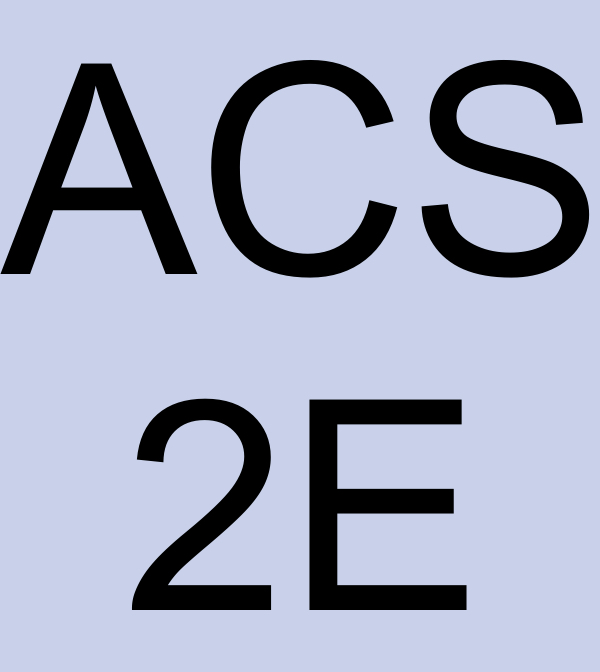Activity 6.3.4.
Consider a thin bar of length 20 cm whose density is distributed according to the function \(\rho(x) = 4 + 0.1x\text{,}\) where \(x = 0\) represents the left end of the bar. Assume that \(\rho\) is measured in g/cm and \(x\) is measured in cm.
(a)
Find the total mass, \(M\text{,}\) of the bar.
(b)
Without doing any calculations, do you expect the center of mass of the bar to be equal to 10, less than 10, or greater than 10? Why?
(c)
Compute \(\overline{x}\text{,}\) the exact center of mass of the bar.
(d)
What is the average density of the bar?
(e)
Now consider a different density function, given by \(p(x) = 4e^{0.020732x}\text{,}\) also for a bar of length 20 cm whose left end is at \(x = 0\text{.}\) Plot both \(\rho(x)\) and \(p(x)\) on the same axes. Without doing any calculations, which bar do you expect to have the greater center of mass? Why?
(f)
Compute the exact center of mass of the bar described in (e) whose density function is \(p(x) = 4e^{0.020732x}\text{.}\) Check the result against the prediction you made in (e).

